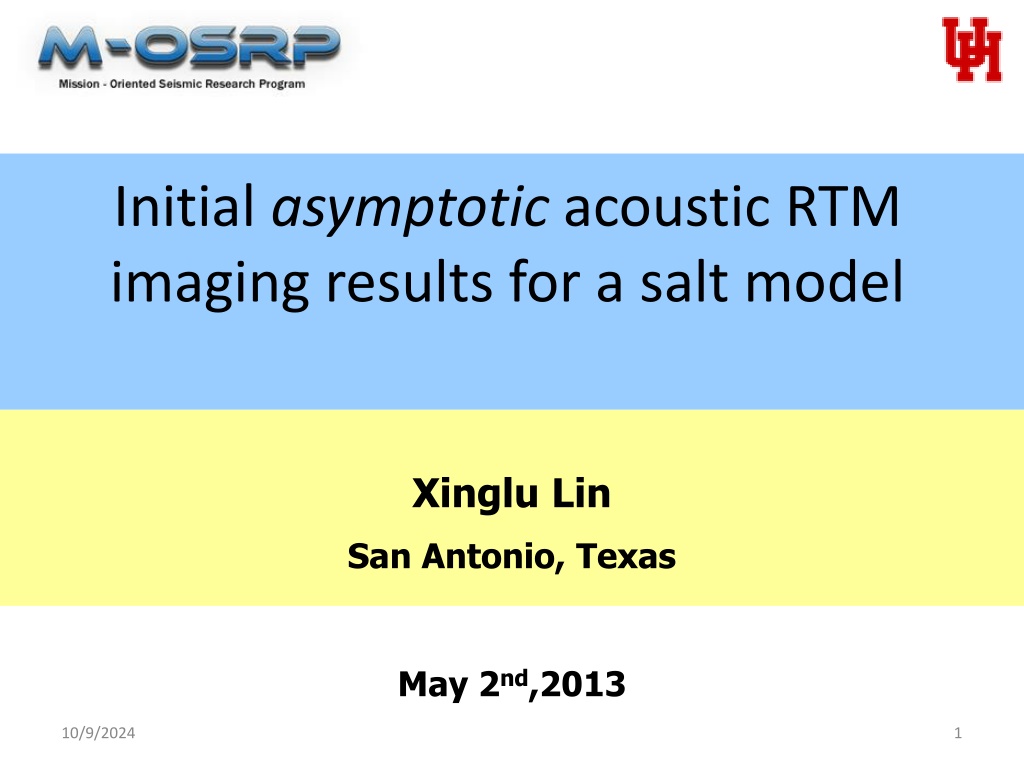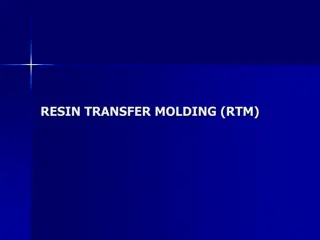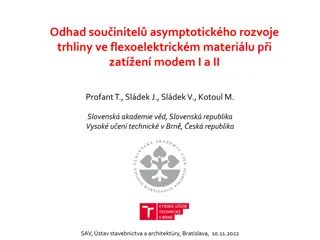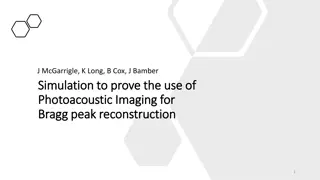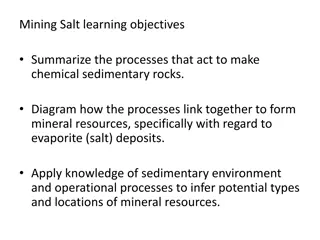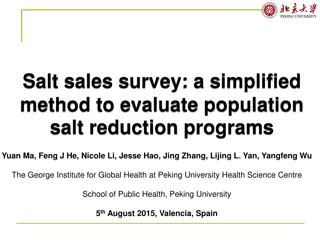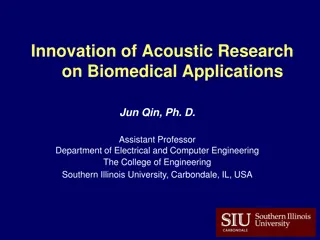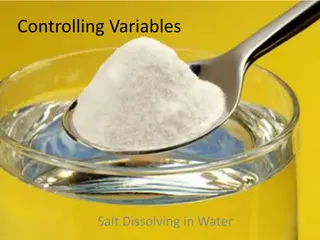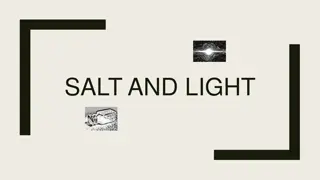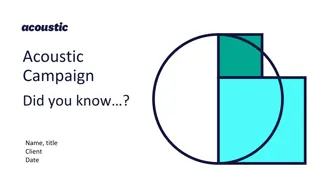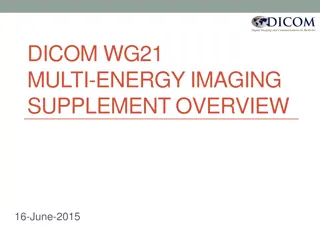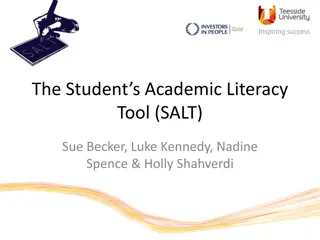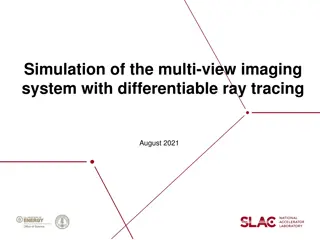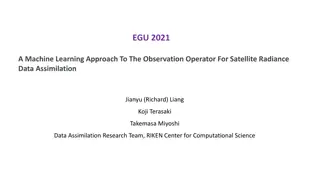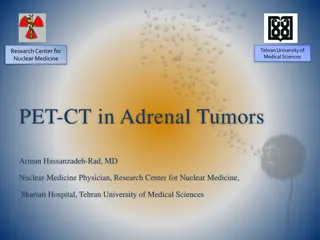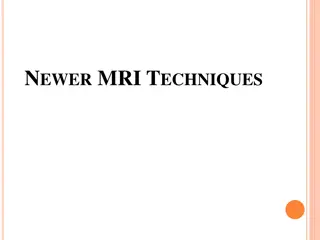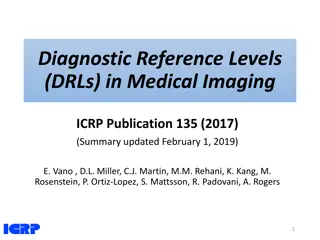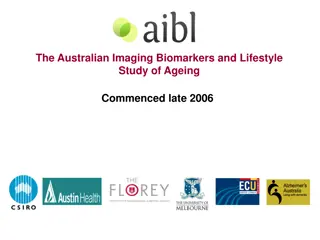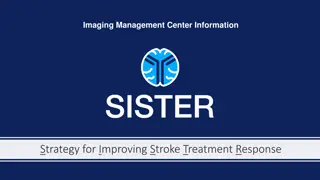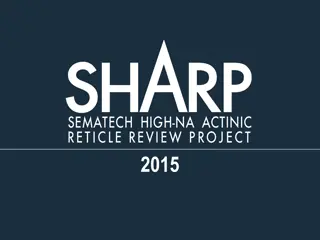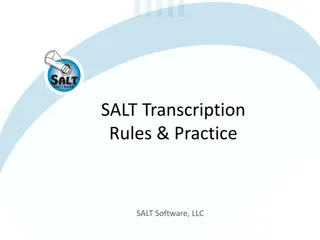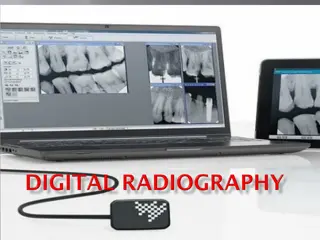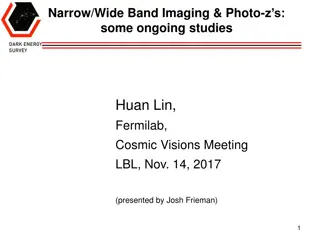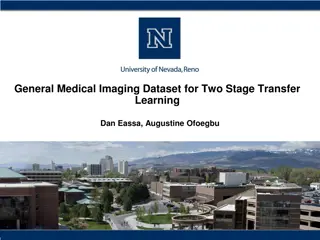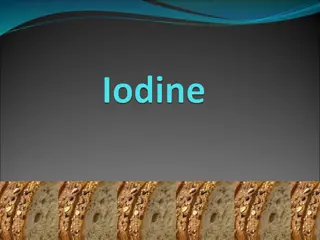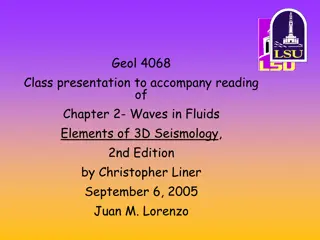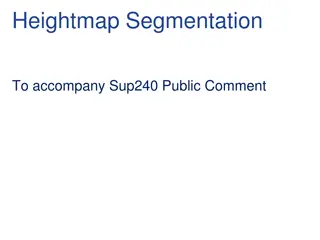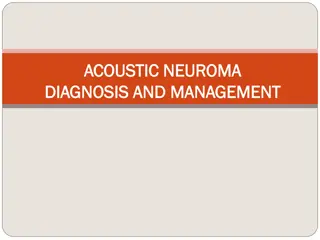Understanding Initial Asymptotic Acoustic RTM Imaging Results in Salt Model
Acquire insights into the initial asymptotic acoustic RTM imaging results for a salt model in Xinglu Lin, San Antonio. This study delves into the concept of Reverse Time Migration (RTM), showcasing the methodology, workflow, and imaging conditions involved in this innovative seismic imaging technique. Discover the intricate process of migrating two-way waves in depth, which relies on velocity model-dependent algorithms. Uncover the significance of source wave-field propagation and receiver wave-field processing in generating accurate imaging results.
Download Presentation

Please find below an Image/Link to download the presentation.
The content on the website is provided AS IS for your information and personal use only. It may not be sold, licensed, or shared on other websites without obtaining consent from the author. Download presentation by click this link. If you encounter any issues during the download, it is possible that the publisher has removed the file from their server.
E N D
Presentation Transcript
Initial asymptotic acoustic RTM imaging results for a salt model Xinglu Lin San Antonio, Texas May 2nd,2013 10/9/2024 1
Reverse Time Migration (RTM) Original reverse-time migration (RTM) concept is a velocity model-dependent method which can migrate two-way waves in depth using the reverse-time backward propagated wave-field. (Baysal, 1983; McMechan, 1983; Whitmore, 1983). 10/9/2024 2
Reverse-time migration work-flow 10/9/2024 3
Reverse Time Migration (RTM) The original RTM first propagate the source function based on wave- equation and then store it (P0(x, z, t)) . From the receiver side, the recorded data is backward propagated producing the scattered/receiver wave-field (Ps(x, z, t)). Finally the image is obtained by applying an imaging condition in asymptotic RTM, as for example: = ( , ) I x z ( , , ) P x z t ( , , ) P x z t 0 s sources = ( , , ) ( , , ) P x z t P x z t dt 0 s sources nt = ( , , ) P x z t ( , , ) P x z t 0 s = 0 sources t (Claerbout, 1971; Biondi and Shan,2002; Kaelin and Guitton, 2006; McMechan, 2008;etc. ) 0P The expression is the source wave-field and is the receiver wave-field; represents the cross-correlation. sP 10/9/2024 4
Work-flow 0P Source wave-field 0 it ( , s s x z = Imaging condition: Waves in two wave-fields arrive at reflector at the same time (it) or not? I P = 0, ) t P nt 0 s sources sP Receiver wave-field 0 it ( , 0, ) g g d x z = Yes or No t No Yes nt Can give an imaging point. I Cannot give an imaging point. ( , x z = 0, ) t I = 0 0 ---- wavelet; s s = ( , 0, ) d x z t ---- finite-difference synthetic modeling data; nt ---- maximum number of time samples; it ---- index for one time sample. sP g g 0P 0P sP represents the cross-correlation. 10/9/2024 5
Work-flow 0P Source wave-field 0 it ( , s s x z = Imaging condition: Waves in two wave-fields arrive at reflector at the same time (it) or not? I P = 0, ) t P nt 0 s sources sP Receiver wave-field 0 it ( , 0, ) g g d x z = Yes or No t No Yes nt Can give an imaging point. I Cannot give an imaging point. ( , x z = 0, ) t I = 0 0 ---- wavelet; s s = ( , 0, ) d x z t ---- finite-difference synthetic modeling data; nt ---- maximum number of time samples; it ---- index for one time sample. sP g g 0P 0P sP represents the cross-correlation. 10/9/2024 6
Source wave-field Using finite-difference scheme to implement the source wave- field as following wave-equation: 2 1 ( , x z = = 2 ( , , ) P x z t 0, ); t 0 s s 2 0 2 ( , ) c x z t ( , x z = 0, ) t where is Ricker wavelet, and is the migration velocity model. Here, I specify it as a Gaussian smoothed model. Notice that the source term here is same as the source using in generating synthetic data. 0( , ) c x z s s 10/9/2024 7
Work-flow 0P Source wave-field 0 it ( , s s x z = Imaging condition: Waves in two wave-fields arrive at reflector at the same time (it) or not? I P = 0, ) t P nt 0 s sources sP Receiver wave-field 0 it ( , 0, ) g g d x z = Yes or No t No Yes nt Can give an imaging point. I Cannot give an imaging point. ( , x z = 0, ) t I = 0 0 ---- wavelet; s s = ( , 0, ) d x z t ---- finite-difference synthetic modeling data; nt ---- maximum number of time samples; it ---- index for one time sample. sP g g 0P 0P sP represents the cross-correlation. 10/9/2024 8
Receiver wave-field Using the same finite-difference scheme to implement the backward propagating following wave-equation. = ( , 0, ) d x z t is the data recorded by all the receivers and acts as a time-dependent surface boundary conditions at each geophone position. Always people treat the signals in dataset as sources . Waves are backward propagated in which is the migration velocity model. Here, I specify it as a Gaussian smoothed model. g g (Baysal, 1983) 0( , ) c x z 10/9/2024 9
Work-flow 0P Source wave-field 0 Source 1 it ( , s s x z = Imaging condition: Waves in two wave-fields arrive at reflector at the same time (it) or not? I P = 0, ) t P nt 0 s sources sP Receiver wave-field 0 Source 2 it ( , 0, ) g g d x z = Yes or No t No Yes nt Can give an imaging point. I Cannot give an imaging point. ( , x z = 0, ) t I = 0 0 ---- wavelet; s s = ( , 0, ) d x z t ---- finite-difference synthetic modeling data; nt ---- maximum number of time samples; it ---- index for one time sample. sP g g 0P 0P sP represents the cross-correlation. 10/9/2024 10
Two-layer model example Model size: 6km*9km; Velocity contrast: 1500m/s vs. 2500m/s; Acoustic; Dominant frequency: 15Hz; Absorbing boundaries. Two-layer simple model 10/9/2024 11
Candidate curve for one source, one receiver (4.5km, 0km) (6.0km, 0km) = ( , ) I x z ( , , ) P x z t ( , , ) P x z t 0 s nt = ( , , ) P x z t ( , , ) P x z t 0 s = 0 t g s Homogeneous ellipse [ , , ( , , )] D s t s c x y z = + [ , , ( , , )] g c x y z t t g + + 2 2 2 2 ( ) ( ) ( ) ( ) x x z z x x z z g g s s = + t D 2 0 2 0 c c (Biondi,2006) 10/9/2024 12
Aperture limitation Backward propagating the signals of all receivers can highlight the reflector. Receivers interval=10m RTM result 10/9/2024 13
Sub-salt model test 10/9/2024 14
Sub-salt Model Model size: 2410m*4810m; Eight shots; Velocities range from 2500m/s to 6500m/s; Acoustic; Dominant frequency: 10Hz; Sub-salt Model Absorbing boundaries. (Courtesy of AGL) 10/9/2024 15
Smoothed Sub-salt Model Actual Velocity Model Smooth Migration Velocity: Gaussian Smoothed by 1.5*wavelength 10/9/2024 16
Original RTM Result Actual Velocity Model Original RTM Result 10/9/2024 17
Original RTM Result For this salt flank model, the structure under velocity salt-body which cannot be touched by primaries has a shadowzone . the high The connection point and edge of the salt-body cannot be detected from the original RTM concept result. There are artifacts in the deep depth image. Original RTM Result 10/9/2024 18
Conclusions 10/9/2024 19
Conclusions The initial test of the asymptotic reverse-time migration produced an encouraging result. Shadow zone and other issues will be examined in both different asymptotic RTM and wave-theory RTM methods. 10/9/2024 20
Acknowledge 10/9/2024 21
References Baysal, E., D. D. Kosloff, and J.W. C. Sherwood, 1983, Reverse timemigration: Geophysics, 48, 1514 1524. Chattopadhyay S. and McMechan G., 2008, Imaging conditions for pre-stack reverse-time: Geophysics, 73, S81-S89. Biondi, B., and G. Shan, 2002, Prestack imaging of overturned reflections by reverse time migration: 72nd Annual International Meeting, SEG, Expanded Abstracts, 1284 1287. Claerbout, J. F., 1971, Toward a unified theory of reflector mapping: Geophysics, 36, 467 481. Kaelin, B., and A. Guitton, 2006, Imaging condition for reverse time migration: 76th Annual International Meeting and Exposition, SEG, Expanded Abstracts, 2594 2598. Whitmore, N. D., 1983, Iterative depth migration by backward time propagation: 53rd Annual International Meeting, SEG, Expanded Abstracts, 382 385. McMechan, G. A., 1983, Migration by extrapolation of time-dependent boundary values: Geophysical Prospecting, 31, 413 420. Bionto L. Biondi, 2006, 3D seismic imaging, Investigations in geophysics No.14.
